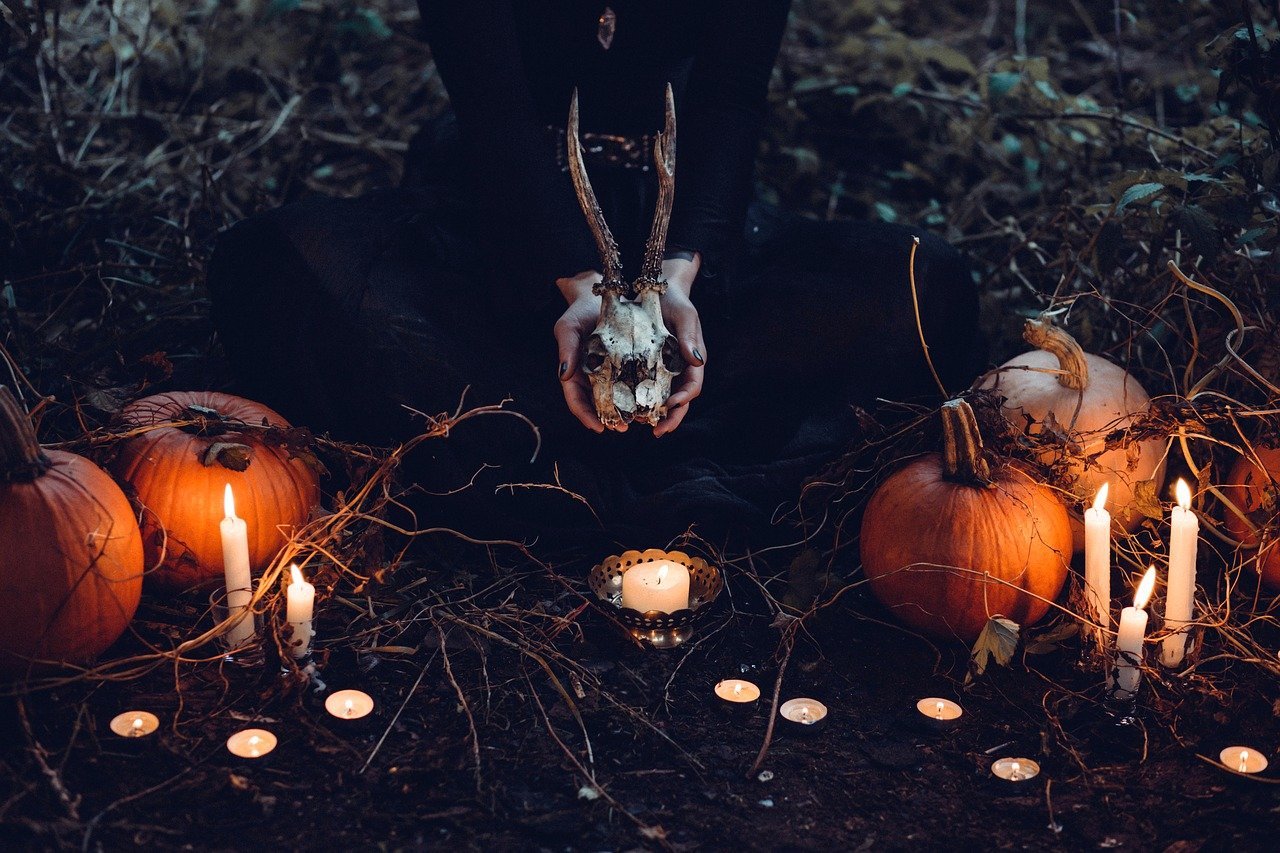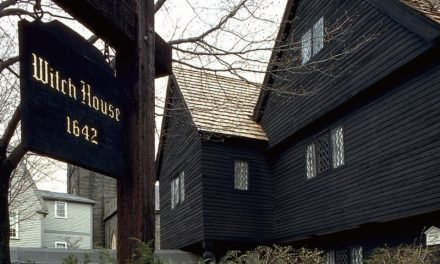Marie Laveau, a powerful and well-known voodoo priestess, lived in New Orleans during the 19th century. Some say that she is still working her magic after death.
The Life of Marie Laveau
The details of Laveau’s childhood are sketchy. This is compounded by the fact her daughter, Marie, was also a well-known priestess. Marie, the first Marie, was the unmarried daughter of a Creole mother with a white father in New Orleans’ French Quarter around 1801. Slave, Creoles, and free people of color practiced a voodoo style that combined Native American, Catholic, and African religious practices in New Orleans during the 18th and 19th century. Laveau, a hairdresser, was the most prominent and most powerful among the city’s voodoo experts. Charms and pouches containing gris gris (a combination of herbs, oils and stones, hair, nails and bones) were sold by Laveau. She also gave advice and told fortunes to New Orleans residents from all walks of society. Some claim Laveau had the ability to spare condemned prisoners from being executed.
The Death of Marie Laveau
Laveau, who died in 1881, is said to be buried at St. Louis Cemetery No. 1 in the grave of her husband’s family, the Glapions. Although some scholars disagree with this being her final resting spot, it is listed in her obituary as the most likely. It doesn’t matter if she is inside or out, as both amateur occultists (and French Quarter tourists) flock to this spot in equal numbers. In the hope that Laveau will grant them their wishes, they scribble Xs onto the mausoleum. Preservationists discourage this practice, stating that it is not based in voodoo traditions and can cause damage to the fragile tomb. Her tomb was restored in 2014. Anyone who attempts to write on the grave is subject to a heavy fine.
The Saint Louis Cemetery is stunning in general. It is the oldest remaining cemetery in the city, dating back to 1789. There are hundreds of above-ground graves from the 18th and 19th centuries that contain prominent city residents, such as Homer Plessy.
New Orleans’ historic cemeteries, which are known for their unique above-ground burials as well as beautiful monuments, are worth exploring.





